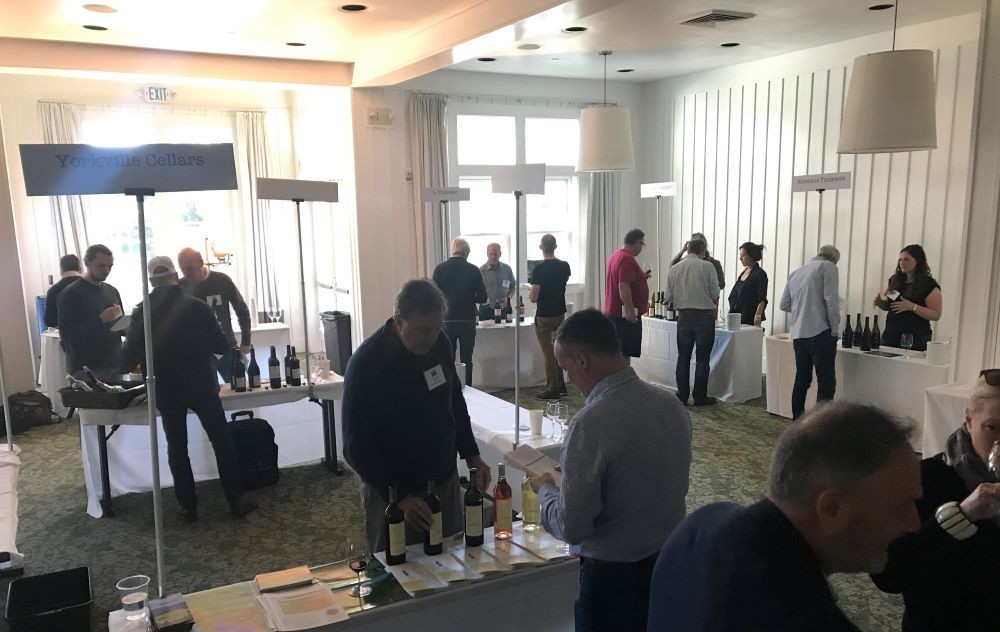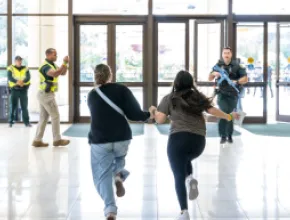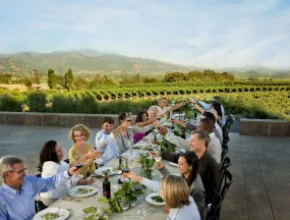A massive planned power outage by Pacific Gas & Electric that affected nearly 750,000 Californians starting October 9 didn’t dampen the can-do spirit of the staff and groups at Napa, California’s Carneros Resort and Spa, who banded together to make “light” of a bad situation under the mantra “the show must go on.”
A little more than halfway into Rebecca Johnson’s (pictured) five-day California Wine Institute event for a group of 15 U.K. wine merchants, the dark reality of PG&E’s planned outage—to combat wildfire risk from potential power line damage from high winds—dawned on the group.
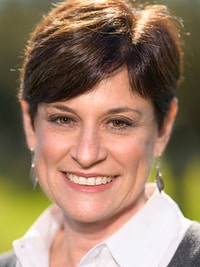 “On day three in the middle of the night the power went out, so on day four and five we had no power,” said Johnson, an event producer with O’Donnell Lane, a Sonoma, California, communications and events company that specializes in the wine, food, tourism and nonprofit segments.
“On day three in the middle of the night the power went out, so on day four and five we had no power,” said Johnson, an event producer with O’Donnell Lane, a Sonoma, California, communications and events company that specializes in the wine, food, tourism and nonprofit segments.
“We sort of had no choice. We had 15 guests on-property, and although there was an opportunity to consider moving hotels, everyone was already checked in and comfortable. It sounded sort of silly to move, and we had all these wineries come in with their wines, so it was too hard logistically to change.”
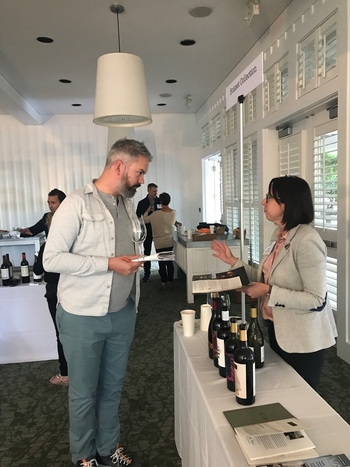 A key benefit of the resort’s meeting space—which served three different groups during the power outage—was a major factor in the success of the daytime meeting sessions, which featured wine tastings and education, according to Jeffrey Peterson, director of sales and marketing for Carneros Resort and Spa.
A key benefit of the resort’s meeting space—which served three different groups during the power outage—was a major factor in the success of the daytime meeting sessions, which featured wine tastings and education, according to Jeffrey Peterson, director of sales and marketing for Carneros Resort and Spa.
“All of our meeting spaces have natural light, so all of the groups in-house moved forward with their meetings,” he said. “We’re also situated on over 28 acres, so even though the power was out, people were still able to wander around the property and enjoy the beautiful views, and we have firepits around the property.”
Johnson said her wine group’s meeting sessions, which included two wine tastings a day, meals and a master class, mostly went off without a hitch.
“We did business as usual in the daylight hours,” she said. “One day it was a little overcast, so they brought in some task lighting and a generator. They really did provide us with the necessities so we could continue with our programming.”
Making the Best of a Bad Situation
 Peterson (pictured) said the Carneros staff placed a premium on transparency and communication via email with both its transient and group guests.
Peterson (pictured) said the Carneros staff placed a premium on transparency and communication via email with both its transient and group guests.
The facility shared data communication that included information about the current situation at the property and any updates provided by PG&E.
The 103-room resort also supplied flashlights to guests and utilized a backup power generator that dates to when it opened in 2003, but because its sprawling campus contains 150 buildings, it was triaged into service on a hilltop as a Wi-Fi-enabled charging station for mobile devices and computers.
“Just using all of our resources and using open communication was key,” Peterson said. “The main thing is to always keep a positive attitude. We met with all the groups we had in-house at the time and discussed what each one of them needed. We understand the stress level of a meeting planner in-house, so we really let them know we had it under control.”
Johnson said the biggest complication presented by the power outage was meal service following the loss of refrigeration, and she tipped her hat to the staff at Carneros for their flexibility.
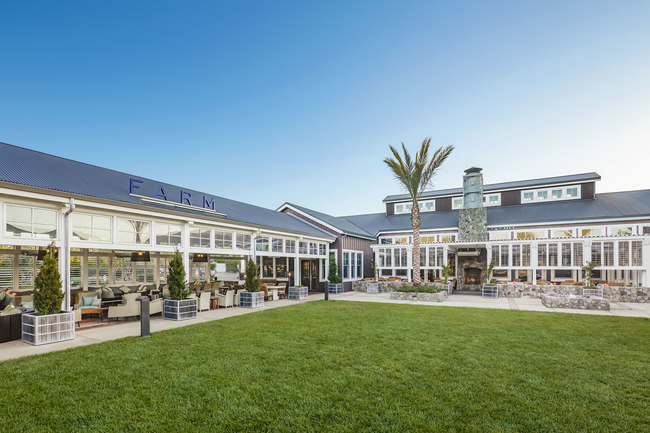
“They did a great job, even though they were scrambling,” she said. “For breakfast, they still provided us with hot coffee, hot tea, pastries and fruit each morning, and when they couldn’t accommodate us, such as for the final dinner on Thursday night, they actually made us a reservation at an offsite restaurant that could accommodate us because they still had power in the city of Napa. They provided the exact same menu, so they really were the Band-Aid, for sure.”
In a traditional—or perhaps extra crispy, as the case may be—example of making lemonade when life gives you lemons, Johnson said her group salvaged a themed meal on the fly that ended up being a hit with attendees.
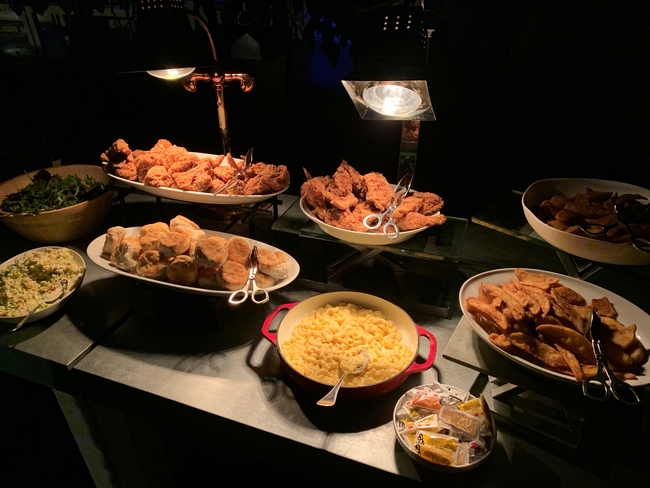
“We had an Americana Night from [the resort’s] Boon Fly Cafe scheduled, with fried chicken and mac and cheese, and we ended up bringing in Kentucky Fried Chicken,” she said. “You would’ve thought they made it and that it didn’t come out of a KFC bucket—you would’ve never known the difference. They really did a great job of making it look authentically catered, when we knew it came from KFC. It was making the best out of an unfortunate situation and they loved it.”
Power Outage Lessons From a Meeting Planner
Johnson said the California Wine Institute meeting was the second time she has had to deal with an onsite power outage. Because the outage was implemented by PG&E to combat the risk of fire danger from overhead power lines in a state that has suffered several catastrophic wildfires the last two years, planners should take heed.
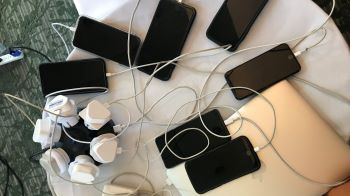 “For planners, whether it’s for events or meetings, this is the new normal for Wine Country and many SoCal destinations, so be adequately prepared by having generators on-property,” she said. “For me, if I had a big meeting with AV, I would’ve really had to have a generator backup. This is what this time of year has in store for the [Napa] Valley.”
“For planners, whether it’s for events or meetings, this is the new normal for Wine Country and many SoCal destinations, so be adequately prepared by having generators on-property,” she said. “For me, if I had a big meeting with AV, I would’ve really had to have a generator backup. This is what this time of year has in store for the [Napa] Valley.”
Attendee safety, of course, is always the paramount concern, but after that, the basic ability to offer goods and services that are core to a meeting or event can pose a significant financial impact.
“A lot of money goes into producing these events—some are six figures—so when someone’s PowerPoint doesn’t work, or their internet doesn’t work or their food can’t be cooked, that’s a huge impact,” Johnson said. “Put [the availability of power generators] in your RFP—a lot of venues don’t have backup generators. Know the venue you’re walking into and what they can provide in-house and what you should be prepared to bring in.”
9 Ways Meeting Planners Can Mitigate Power Outage Risks
 According to MaryAnne P. Bobrow (pictured), a leading speaker and expert on risk mitigation and president of Bobrow Associates, meeting and event planners should consider the following nine items to mitigate risk in case of a power outage:
According to MaryAnne P. Bobrow (pictured), a leading speaker and expert on risk mitigation and president of Bobrow Associates, meeting and event planners should consider the following nine items to mitigate risk in case of a power outage:
1. An emergency plan should be in place that considers the most likely failures. In California, there has long been a power grid issue, so those putting meetings in California should be aware.
2. Ask about the availability of backup power generators, and the amount of space and equipment they can power.
3. A thorough inspection of the site and the rooms designated to the group is essential. What if the power goes out? Is there natural light that a professional speaker could use to proceed (on laptop batteries but without online media) and get through the sessions?
4. What about elevator access to guest rooms? How are disabled individuals cared for if there is no elevator access?
5. What about food and beverage service for events? Who is responsible for the food and beverage purchased for your event that cannot be prepared?
6. How will water be provided and heated during an outage?
7. Will there be concessions for subpar housekeeping and guest experiences, or will this be considered force majeure?
8. What about power for technology devices? Will people be able to power their mobile devices?
9. Most importantly, what has the organization itself done to ensure that its attendees are safe, above and beyond a power outage?
“Does the facility have the kind of analysis for various types of emergencies and not just power outages,” Bobrow said. “Places like Napa are as likely to suffer damage from an earthquake as a power outage. All organizations must conduct risk assessment as a first stage and then build a comprehensive plan based on which of the scenarios are most likely to occur and what will the organization do to take care of its attendees.”
Bonus material: Risk Management Checklist to Help Avoid Disaster



